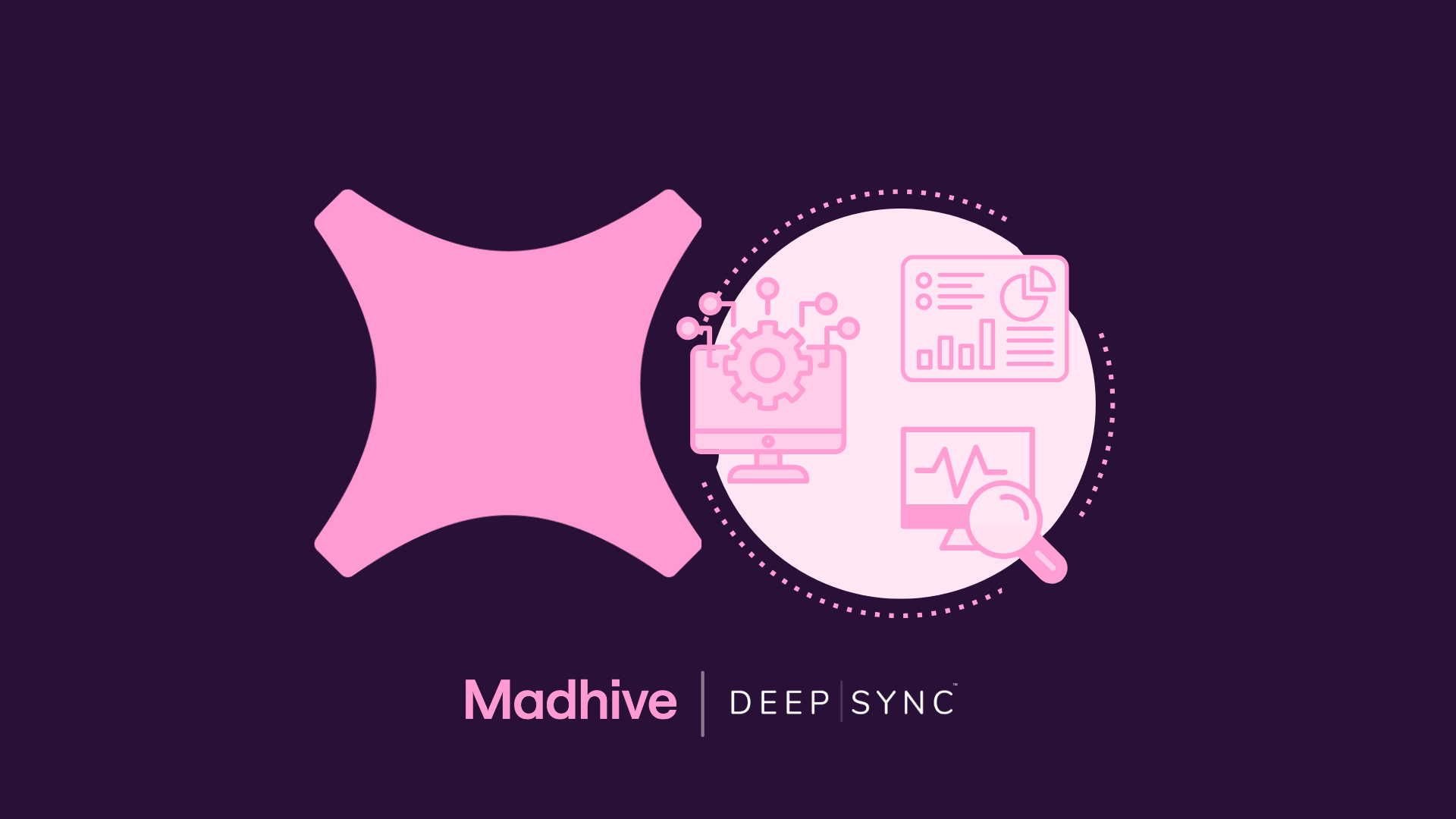The 2022 NewFronts saw more than a return to ‘normal’ following almost three years of pandemic-era accommodation. The industry saw a familiar return of in-person parties with a focus on embracing life, liberty, and entertainment. It also saw media and tech come together as digital media pioneers.
As we look back on 2022 and forward to NewFronts 2023, it’s clear that we’re in the gold rush era of connected TV advertising.
TV upfronts, NewFronts and digital media advertising
NewFronts are the modern equivalent of upfronts—an age-old TV advertising spectacle where networks pitch big ideas to create an ad-buying frenzy. In the span of a couple of weeks, the networks fill primetime advertising slots at premium prices to brands that are eager to shell out the dollars.
It’s all carefully orchestrated.
As TV titans roll out their red carpets and open their doors to celebrity-hosted, exclusive-invite parties, the Hollywood-style glam brings marketing executives in droves with pocketbooks open and ready to spend.
As viewers move to streaming, the line between Upfronts and Newfronts is blurring. Digital inventory now plays a significant role at the Upfronts. This trend will continue as more publishers roll out their free, ad-supported streaming services.
Conversely, the Upfronts are undergoing a massive shift to behave more like digital. They’re becoming more focused on data-driven solutions and biddable, programmatic inventory in addition to traditional media.
What we saw at NewFronts 2022
From new technologies to fundamental shifts in the programmatic marketing ecosystem, the NewFronts revealed much more than a post-pandemic return to the status quo in media-based advertising.
Here’s a look at the top themes.
Virtual product placement technology creates new ad opportunities
It’s not just Hollywood cinema that’s expanding post-production capabilities. Virtual product placement (VPP) technology is making it possible to swap branding on soda cans, billboards, and many other places elements are seen on screen—after filming.
This new adtech opens the door to new possibilities. Networks can remonetize existing content, and brands can lean into active viewership with product placements in scenes of popular primetime shows, instead of being limited to commercial breaks.
Amazon makes its value known
Perhaps the biggest buzz from the 2022 Newfronts came from Amazon. This big player already has a significant share of the ad market with a $31.2B digital advertising platform and the popular line of FIRE SmartTVs and streaming devices.
And still, they found a few ways to make a big impression. First, the tech giant focused on its 11-year NFL deal that brings some much-needed consistency to primetime advertising opportunities during Thursday night football.
This big-win announcement was just the beginning. Amazon also announced:
- The launch of Roku Channel competitor, Freevee, with full support for ad placement
- A shift towards creator-driven content through new features on the Amazon subsidiary, Twitch
- New technology to support virtual product placement
- The acquisition of the MGM library
- A new data playground for marketers called the Amazon Marketing Cloud
Top smart TV manufacturers compete for advertising share with new platforms
While Amazon inarguably stole the show in 2022, they weren’t the only big names ushering in change. The top two SmartTV manufacturers, Samsung and LG, both announced new platforms designed to facilitate advertising.
As the gold rush era of digitally-enabled media advertising is in full swing, the theme at the 2022 NewFronts was fittingly new tech.
What we’re expecting at NewFronts 2023
The Newfronts 2023 season will be filled with some much-anticipated announcements from key players, along with some surprising underdog upsets.
Macroeconomic factors will also play a role. Economic uncertainty, interest rate spikes, persistent inflation, and more will push advertisers to think more conservatively about how they allocate their budgets - and how they’ll measure success.
All Eyes on Netflix
It might seem odd that a big name in VOD like Netflix hasn’t been part of the crowd at IAB’s NewFronts, but when you consider the company’s reluctance to embrace ad-supported content, it makes sense. In 2019, Netflix firmly held its position against ad-supported content.
But now, nearly four years later, their tune is a little different.
The streaming OG decided to be part of the 2023 upfront week of TV buying. Eschewing the NewFronts in favor of the upfronts indicates a preference to be part of the premium, high-quality TV spectacle—as well as the continued blurring of the upfront/NewFront distinction.
All eyes will be on Netflix as they are poised to roll out the fruits of a surprising partnership with Microsoft.
But Netflix isn’t the only company to watch out for.
Omnichannel diversification is becoming key to survival
An unexpected star of the NewFronts 2023 show may be the advertising platforms offering omnichannel integration, allowing marketers to do more than see and reach their audience across multiple devices. These platforms allow advertisers to engineer seamless, personalized experiences that drive conversion.
One driving factor is the adoption of 5G wireless networks, which are increasing data capacity across mobile devices. With more devices streaming video, advertisers will need to work harder to close the gaps between different devices and different formats—to create a seamless experience.
AI is poised to reshape media content delivery
We’re familiar with the use of artificial intelligence (AI) in the media industry. This tech is behind predictive content recommendations in streaming video and the data analytics revolution that has spurred a fury of new platforms for advertisers.
But AI is popping up in other places too.
For example, IBM’s Watson is currently used for on-air closed captioning but it’s also being trained for something that’s a little bit different. Instead of analyzing speech and translating the data to a text output that is word-for-word like we see with closed captioning, Watson will soon be able to pull out key ideas.
How is this useful? We think it will play a part in providing a better viewing experience for content—like weather—that’s highly focused on relaying information. The AI integration can display the important pieces of information in a closed-captioning style, freeing the on-air talent up to be a little more engaging.
We also expect to see AI play a role in helping advertisers forecast and plan. At Madhive, we utilize AI as the foundation for our decisioning engine to predict scarcity of impression, secure content, matches to audiences and predicts outcomes in real time.
Most ad decisions in programmatic advertising happen in a tenth of a second. The industry is in an AI race, as DSPs compete to throw as much compute power as possible into their ad decisioning. As more and more inventory becomes biddable at this year’s NewFronts, the ability to apply computing power at scale will make or break success for connected TV campaigns.
More innovation to come
The 2022 NewFronts marked a return to in-person events with a focus on embracing life, liberty, and entertainment. The industry saw groundbreaking technologies, fundamental shifts in the programmatic marketing ecosystem, and a growing interest in creator-driven content.
Looking ahead to 2023, Netflix's foray into advertising and the rise of omnichannel integration and AI in media content delivery will be major highlights. As the gold rush era of connected TV advertising continues, we can expect to see even more innovation and evolution in the years to come.
Upfronts and NewFronts events are already taking place, but there are still plenty more to come—check out the 2023 calendar.



.png)

%201.jpg)










